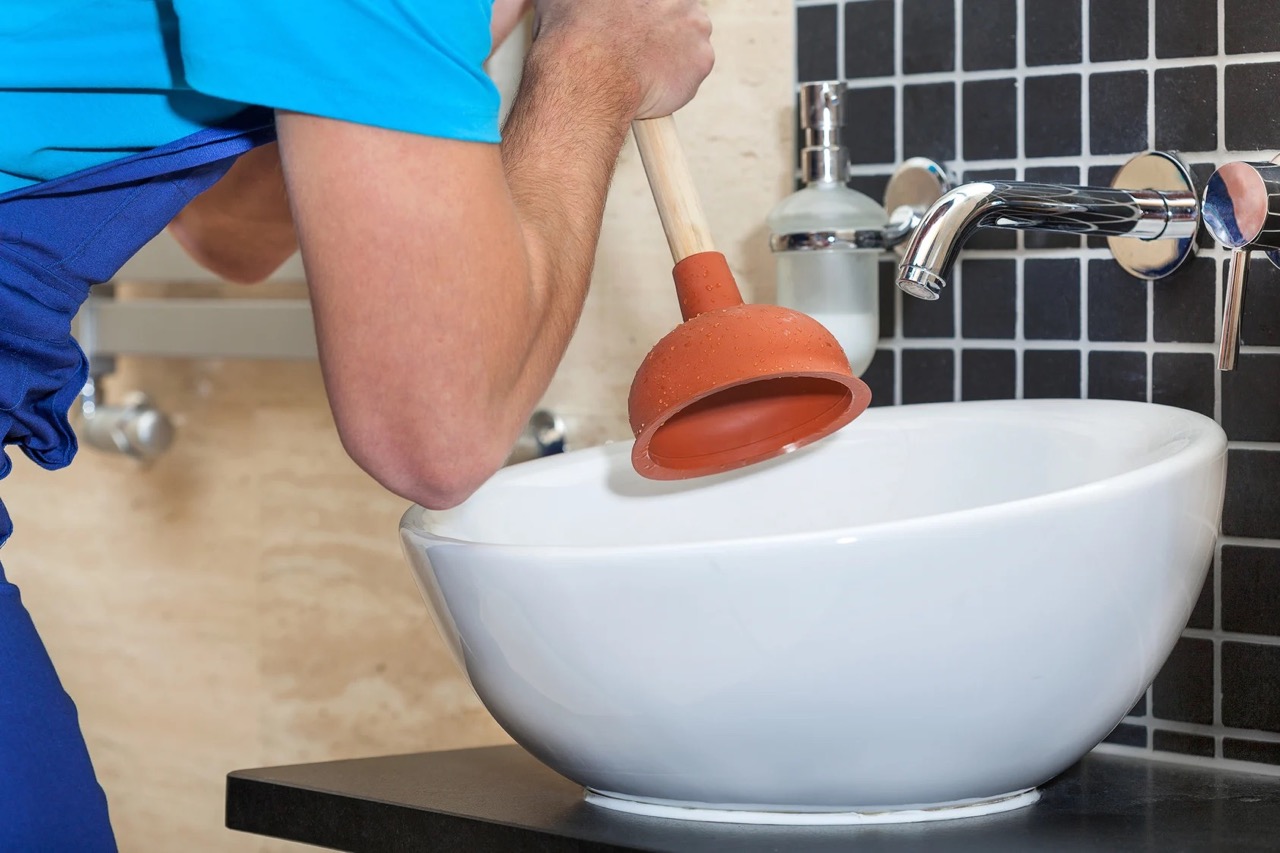

Articles
How To Unclog Whole House Plumbing
Modified: February 26, 2024
Learn effective techniques and tips for unclogging your entire house plumbing system with our informative articles.
(Many of the links in this article redirect to a specific reviewed product. Your purchase of these products through affiliate links helps to generate commission for Storables.com, at no extra cost. Learn more)
Introduction
Welcome to our comprehensive guide on how to unclog your whole house plumbing system. Dealing with a clogged plumbing system can be a frustrating and stressful experience. When multiple drains in your home are backing up or draining slowly, it can disrupt your daily routines and cause significant inconvenience. However, with the right knowledge and tools, you can effectively unclog your whole house plumbing without having to resort to expensive professional help.
Before we dive into the step-by-step guide of unclogging your whole house plumbing, it’s important to have a basic understanding of how your plumbing system works and what causes clogs to occur. By gaining this knowledge, you’ll be better equipped to prevent future clogs and maintain the proper functioning of your plumbing system.
In this article, we will discuss the common causes of whole house plumbing clogs, the signs that indicate a clogged system, and various methods to unclog your drains. Whether you prefer DIY solutions or seeking professional help, we’ve got you covered.
So, let’s jump right in and learn how to get your plumbing system back in working order!
Key Takeaways:
- Understanding the common causes and signs of whole house plumbing clogs empowers homeowners to take proactive measures in preventing and addressing clogs, ensuring the smooth functioning of their plumbing system.
- By following a step-by-step guide and implementing preventive measures, homeowners can effectively unclog their whole house plumbing system and maintain uninterrupted water flow, minimizing the frustrations of dealing with clogged drains.
Read more: How To Install A Whole House Fan
Understanding the Plumbing System
Before we delve into unclogging your whole house plumbing system, it’s essential to have a basic understanding of how the plumbing in your home works. The plumbing system consists of a complex network of pipes that carry water into and out of your home, providing you with essential amenities like fresh water supply, drainage, and waste removal.
Two separate systems make up the plumbing in your house: the water supply system and the drainage system.
First, let’s explore the water supply system. This system brings clean water from a municipal or private supply source into your home. The main water line connects to your home’s water meter, from which smaller pipes branch out to deliver water to various fixtures, such as faucets, showers, toilets, and appliances.
Next, we have the drainage system, which is responsible for removing waste and wastewater from your home. When you use a faucet, toilet, or any other plumbing fixture, the used water and waste flow through a series of drainage pipes and into the main sewer line. From there, it is transported to the municipal sewage system or a septic tank.
Both of these systems rely on gravity and proper pipe slope to ensure efficient water flow. Additionally, there are vent pipes that allow air to enter the system, preventing vacuum buildup and helping to maintain proper flow.
Now that we have a general understanding of how the plumbing system functions, let’s explore the causes of whole house plumbing clogs in the next section.
Causes of Whole House Plumbing Clogs
Dealing with a clogged plumbing system can be a major headache, especially when it affects multiple drains throughout your home. To effectively unclog your whole house plumbing, it’s crucial to understand the common causes of these clogs. By identifying and addressing the root cause, you can prevent future clogs from occurring and ensure the smooth functioning of your plumbing system.
Here are some of the common causes of whole house plumbing clogs:
- Foreign Objects: One of the main culprits behind clogs is the presence of foreign objects in your drains. These objects can include hair, soap residue, food scraps, grease, toiletries, and even small toys that find their way into the plumbing system. Over time, these items can accumulate and cause blockages.
- Tree Roots: If you have trees or shrubs near your sewer lines, their roots can infiltrate the pipes in search of water and nutrients. As the roots grow, they can cause damage to the pipes, leading to blockages and potential leaks.
- Buildup of Sediment: Over time, minerals and sediment can accumulate inside your pipes, especially if you have hard water. This buildup restricts water flow, leading to clogs and decreased water pressure.
- Collapsed or Damaged Pipes: Pipes can deteriorate over time due to age, corrosion, or damage caused by external factors. When pipes collapse or develop cracks, it can impede water flow and lead to clogs.
- Improper Flushing or Disposal: Flushing non-flushable items down the toilet or disposing of items in the drains that are not meant to be there can cause serious clogs. Items such as paper towels, feminine hygiene products, and baby wipes should never be flushed down the toilet or put down the drains.
By being mindful of these common causes, you can take proactive steps to prevent clogs and keep your plumbing system running smoothly. In the next section, we will explore the signs that indicate a clogged whole house plumbing system.
Signs of a Clogged Plumbing System
A clogged plumbing system can cause a wide range of issues throughout your home. Recognizing the signs of a clogged plumbing system is crucial in order to address the problem promptly and avoid further damage or inconvenience. Here are some common signs that indicate a clogged whole house plumbing system:
- Slow Drainage: If you notice that water is draining slowly from multiple sinks, showers, or tubs in your home, it is a clear sign of a clog. Slow drainage suggests that there is a blockage somewhere in the main drainage system.
- Gurgling Sounds: Do you hear strange gurgling or bubbling sounds coming from your drains or toilets? These noises occur when air is trapped due to a partial clog, and the water flow is disrupted.
- Foul Odors: Persistent foul odors coming from your drains can indicate a clog. Food debris, hair, and other organic matter that accumulate in the drains can create a breeding ground for bacteria, resulting in unpleasant smells.
- Backed-Up Drains: The most obvious sign of a clogged plumbing system is when water or sewage starts backing up from your drains. This can occur in multiple fixtures simultaneously, such as sinks, showers, or toilets.
- Water Overflows: If water overflows from your toilets or sinks when you flush or run water, it indicates a blockage in the drainage system. This can lead to water damage and potential health hazards if left unresolved.
- Low Water Pressure: A sudden decrease in water pressure throughout your home can be a sign of a clogged plumbing system. Buildup of sediment, mineral deposits, or debris can restrict water flow and result in low water pressure.
If you notice any of these signs, it’s important to take action immediately to prevent further damage. In the next section, we will provide a step-by-step guide on how to unclog your whole house plumbing system.
Step-by-Step Guide to Unclog Whole House Plumbing
When faced with a clogged whole house plumbing system, it’s essential to address the issue promptly to avoid further damage or inconvenience. Here is a step-by-step guide to help you unclog your drains and restore proper water flow throughout your home:
- Identify the Problem: Determine which fixtures in your home are affected by the clog. Is it all the sinks, showers, and toilets, or just a specific area? This will help you understand the extent of the blockage.
- Remove Debris: Start by removing any visible debris, such as hair or food particles, from the affected drains. Wear gloves and use a drain snake or tweezers to pull out the blockage. Dispose of the debris in a trash bag.
- Method 1: Using a Plunger: For sinks or toilets, you can use a plunger to create suction and dislodge the clog. Place the plunger over the drain and firmly push and pull to force air and water pressure through the pipes. Repeat several times until the water starts draining.
- Method 2: Using a Plumbing Snake: If the clog persists, you can try using a plumbing snake or auger. Insert the snake into the drain and rotate it clockwise while pushing it forward. This will help break up the clog and allow water to flow freely.
- Method 3: Using a Chemical Drain Cleaner: Chemical drain cleaners can be effective for stubborn clogs. Follow the instructions on the product carefully and pour the recommended amount into the affected drains. Allow it to sit for the specified time, then flush with hot water to clear the clog.
- Method 4: Professional Plumbing Assistance: If the clog remains unresolved after trying the above methods, it may be time to seek professional plumbing assistance. Licensed plumbers have the expertise and specialized equipment to tackle complex clogs and ensure a thorough and lasting solution.
- Preventing Future Whole House Plumbing Clogs: Once you have successfully unclogged your whole house plumbing system, it’s essential to take preventive measures to avoid future clogs. Some preventive steps include avoiding flushing non-flushable items, using drain screens to catch hair and debris, and regular maintenance such as periodic drain cleaning.
By following these steps and being proactive in your approach, you can successfully unclog your whole house plumbing system and maintain the proper functioning of your drains. However, if you’re unsure or uncomfortable with the DIY methods, don’t hesitate to contact a professional plumber for assistance.
Read more: How To Install A Whole House Dehumidifier
Method 1: Using a Plunger
A plunger is a simple yet effective tool that can help you unclog drains in your whole house plumbing system. This method is particularly useful for sinks, toilets, and tubs. Follow these steps to use a plunger:
- Select the Right Plunger: Choose a plunger that is specifically designed for the type of drain you are unclogging. A sink plunger has a flat bottom, while a toilet plunger has an added flange to fit the toilet bowl opening.
- Create a Seal: Ensure a proper seal between the plunger and the drain opening. If you are unclogging a sink, cover the overflow holes or other drains with tape or a wet cloth to prevent air from escaping.
- Add Water: If there is no standing water in the sink or toilet, add enough water to cover the bottom of the plunger. This will create better suction and increase the effectiveness of the plunging.
- Plunge: Place the plunger over the drain opening and firmly push and pull the handle up and down. Use a quick and forceful motion to create suction and dislodge the clog. You may need to repeat this process several times.
- Test the Drain: After plunging, test the drain by running water to see if it flows freely. If the water is still draining slowly or if the clog persists, you may need to try alternative methods or seek professional help.
Remember to exercise caution when using a plunger, especially with toilets. Avoid using excessive force as it may cause the water to splash out of the toilet bowl. If you’re uncertain or uncomfortable using a plunger, it’s best to contact a professional plumber for assistance.
Now that you’re familiar with the plunger method, let’s explore another technique to unclog your whole house plumbing system in the next section.
Pouring a mixture of hot water and dish soap down the drain can help break up clogs in your whole house plumbing system. Let it sit for a few minutes before flushing with hot water.
Method 2: Using a Plumbing Snake
If the plunger method doesn’t effectively unclog your drains, using a plumbing snake, also known as a drain auger, can be a more specialized approach. This method is particularly useful for removing stubborn clogs in your whole house plumbing system. Follow these steps to use a plumbing snake:
- Select the Right Plumbing Snake: Choose a plumbing snake that is appropriate for the size and type of pipe you need to unclog. For most household drains, a handheld auger with a flexible cable will suffice.
- Prepare the Drain: Before inserting the plumbing snake, remove any visible debris from the drain opening. This will help prevent the snake from getting stuck or tangled with loose objects.
- Insert the Snake: Insert the cable or wire end of the plumbing snake into the drain opening. Slowly push it into the pipe while rotating the handle clockwise. Use gentle pressure to avoid damaging the pipes.
- Break Up the Clog: Continue feeding the snake into the pipe until you encounter resistance. Once you reach the clog, carefully rotate the handle to break up the obstruction. The snake may push through the clog or hook onto it, allowing you to pull it out.
- Retrieve the Snake: If the snake becomes lodged or tangled in the pipe, carefully retract it while continuing to rotate the handle. Be mindful of any resistance or obstruction, as excessive force can damage the pipes.
- Test the Drain: After using the plumbing snake, run water to test if the drain is clear. If the water flows freely, the clog has been successfully removed. If the clog persists or the water still drains slowly, you may need to repeat the process or try other methods.
Using a plumbing snake requires some skill and caution to avoid damaging the pipes or causing further complications. If you’re unsure or uncomfortable using a plumbing snake, it’s best to seek assistance from a professional plumber who has the experience and proper tools to handle complex clogs in your whole house plumbing system.
Now that you’re familiar with the plumbing snake method, let’s explore another technique to unclog your whole house plumbing system in the next section.
Method 3: Using a Chemical Drain Cleaner
If traditional methods like plunging or using a plumbing snake haven’t been successful in unclogging your whole house plumbing system, you may consider using a chemical drain cleaner. Chemical drain cleaners can effectively dissolve clogs and restore proper water flow. Follow these steps to use a chemical drain cleaner:
- Select the Right Chemical Drain Cleaner: Choose a chemical drain cleaner that is suitable for the type of clog and the material of your pipes. Read the product label carefully to ensure it is safe to use in your specific plumbing system.
- Protect Yourself and the Environment: Chemical drain cleaners can be harmful to your skin, eyes, and the environment. Always wear protective gloves and goggles when handling these products. Additionally, follow the instructions for proper usage and disposal.
- Prepare the Drain: Ensure there is no standing water in the sink or tub before applying the chemical drain cleaner. If necessary, use a towel or sponge to remove excess water.
- Follow the Instructions: Carefully follow the instructions provided by the manufacturer. Typically, you will need to pour a specific amount of the chemical drain cleaner directly into the drain, ensuring it reaches the clog.
- Allow Time for Action: Most chemical drain cleaners require some time to work. Read the instructions to determine the recommended duration for leaving the cleaner in the drain. Avoid using the affected fixture during this time.
- Flush the Drain: After the recommended time has elapsed, flush the drain with hot water to clear away the dissolved clog and any remaining residue from the chemical drain cleaner. Ensure proper ventilation while doing so.
- Monitor the Drain: Keep an eye on the drain to ensure water is flowing freely. If the water still drains slowly or if the clog persists, you may need to repeat the process or consider alternative methods.
Chemical drain cleaners can be an effective solution for certain types of clogs, but it’s important to use them with caution. If you have older or delicate pipes, or if you’ve already tried other methods without success, it’s advisable to contact a professional plumber who can provide further assistance.
Now that you’re familiar with the chemical drain cleaner method, let’s explore another technique to unclog your whole house plumbing system in the next section.
Method 4: Professional Plumbing Assistance
If you’ve exhausted your DIY efforts or if the clog in your whole house plumbing system is particularly stubborn or complex, it may be time to seek professional plumbing assistance. Professional plumbers have the expertise, specialized tools, and experience to effectively unclog your drains and restore proper water flow. Here’s what you can expect when you hire professional plumbing assistance:
- Assessment of the Situation: A professional plumber will evaluate the clog and assess the extent of the blockage. They will inspect the plumbing system, identify any underlying issues, and determine the most suitable method for unclogging the drains.
- Advanced Tools and Equipment: Professional plumbers have access to a wide range of advanced tools and equipment that are not typically available to homeowners. They may use high-pressure hydro jetting, camera inspections, or other specialized techniques to locate and resolve the clog.
- Safe and Efficient Solution: Professional plumbers are trained to handle complex plumbing issues safely and efficiently. They will use the most appropriate methods and techniques to unclog your whole house plumbing system without causing further damage or disruptions.
- Expert Advice and Recommendations: In addition to unclogging your drains, professional plumbers can provide valuable advice on how to prevent future clogs and maintain the optimal performance of your plumbing system. They may recommend regular maintenance or suggest any necessary repairs or upgrades.
- Peace of Mind: Hiring professional plumbing assistance gives you peace of mind, knowing that qualified experts are handling the task. You can trust that your whole house plumbing system will be unclogged effectively and that any underlying issues will be addressed.
Keep in mind that professional plumbing services may come at a cost, but the investment is worthwhile when you consider the expertise and long-term benefits they offer. If you’re unsure about the severity of the clog or if you’ve already attempted DIY methods without success, it’s best to contact a professional plumber for assistance.
Now that you’re familiar with the professional plumbing assistance method, let’s move on to explore preventive measures to avoid future whole house plumbing clogs.
Read more: How Much Is A Whole House Fan
Preventing Future Whole House Plumbing Clogs
After successfully unclogging your whole house plumbing system, it’s important to take preventive measures to avoid future clogs. By implementing these preventive measures, you can maintain the proper functioning of your drains and reduce the likelihood of experiencing another plumbing issue. Here are some tips to help you prevent future whole house plumbing clogs:
- Practice Proper Disposal: Avoid flushing non-flushable items down the toilet or disposing of inappropriate materials in the drains. Items like paper towels, feminine hygiene products, and grease should be disposed of in the trash or recycling bins instead.
- Use Drain Screens: Install drain screens or strainers in sinks, showers, and tubs to catch hair, soap residue, and other debris. Regularly clean and remove any collected debris from these screens to prevent it from going down the drain.
- Be Mindful in the Kitchen: Avoid pouring cooking grease or oil down the sink as it can solidify and cause clogs. Instead, let the grease cool and dispose of it in a sealed container. Also, scrape food scraps into the trash or compost bin rather than rinsing them down the drain.
- Regular Maintenance: Periodically clean your drains using natural remedies like baking soda and vinegar or hot water flushes to remove any buildup and keep the pipes clear. Additionally, consider scheduling professional drain cleaning services to thoroughly clean your pipes and prevent clogs.
- Be Aware of Tree Roots: If you have trees or shrubs near your sewer lines, keep an eye on their root growth. Regularly inspect and trim roots that may be encroaching on the pipes to minimize the risk of blockages or damage.
- Monitor Water Pressure: Keep an eye on the water pressure in your home. If you notice a sudden decrease in water pressure, it may indicate a clog or a plumbing issue. Address it promptly to prevent further complications.
By following these preventive measures, you can maintain a healthy and functioning whole house plumbing system. Remember that prevention is key to avoiding costly repairs and inconveniences caused by clogs. If you have any concerns or persistent issues, don’t hesitate to consult with a professional plumber for further guidance.
With this comprehensive guide on how to unclog your whole house plumbing system and prevent future clogs, you are now well-equipped to tackle any plumbing issues that may arise. By taking the necessary steps and being proactive in maintaining your plumbing system, you can enjoy uninterrupted water flow and a hassle-free plumbing experience.
If you have any further questions or need assistance, don’t hesitate to reach out to a professional plumber or plumbing service for help.
Happy plumbing!
Conclusion
Clogged drains in your whole house plumbing system can be a frustrating and inconvenient problem to deal with. However, with the knowledge and techniques outlined in this comprehensive guide, you are now equipped to effectively unclog your drains and maintain a healthy plumbing system.
We began by understanding the basics of the plumbing system, including the water supply and drainage systems. Knowing how your plumbing works is essential in identifying and addressing the causes of clogs. We then explored the common causes of whole house plumbing clogs, such as foreign objects, tree roots, sediment buildup, and improper flushing or disposal.
Recognizing the signs of a clogged plumbing system is crucial in addressing the issue promptly. We discussed the common signs to look out for, including slow drainage, gurgling sounds, foul odors, backed-up drains, water overflows, and low water pressure.
Our step-by-step guide provided various methods to unclog your whole house plumbing. We covered the use of a plunger, plumbing snake, chemical drain cleaner, and the importance of seeking professional plumbing assistance when needed.
To prevent future clogs, we emphasized practicing proper disposal, using drain screens, being mindful in the kitchen, scheduling regular maintenance, monitoring tree roots, and being aware of water pressure issues.
By implementing these preventive measures and staying vigilant, you can minimize the occurrence of clogs and maintain the optimal performance of your plumbing system.
Remember, if at any point you are unsure or uncomfortable with unclogging the drains yourself, it’s always best to seek professional plumbing assistance. Professional plumbers have the expertise, specialized tools, and experience to effectively resolve complex clogs and ensure the proper functioning of your whole house plumbing system.
With the information provided in this guide, you can confidently address clogs and maintain a healthy plumbing system in your home. By following the steps outlined and taking preventive measures, you can enjoy uninterrupted water flow and avoid the frustrations that come with clogged drains.
Don’t hesitate to consult with a professional plumber if you have any questions, concerns, or persistent plumbing issues. They are there to help you with their expertise and ensure the long-term functionality of your whole house plumbing system.
Now go forth with your newfound knowledge and keep your drains clear and your plumbing system running smoothly!
Frequently Asked Questions about How To Unclog Whole House Plumbing
Was this page helpful?
At Storables.com, we guarantee accurate and reliable information. Our content, validated by Expert Board Contributors, is crafted following stringent Editorial Policies. We're committed to providing you with well-researched, expert-backed insights for all your informational needs.
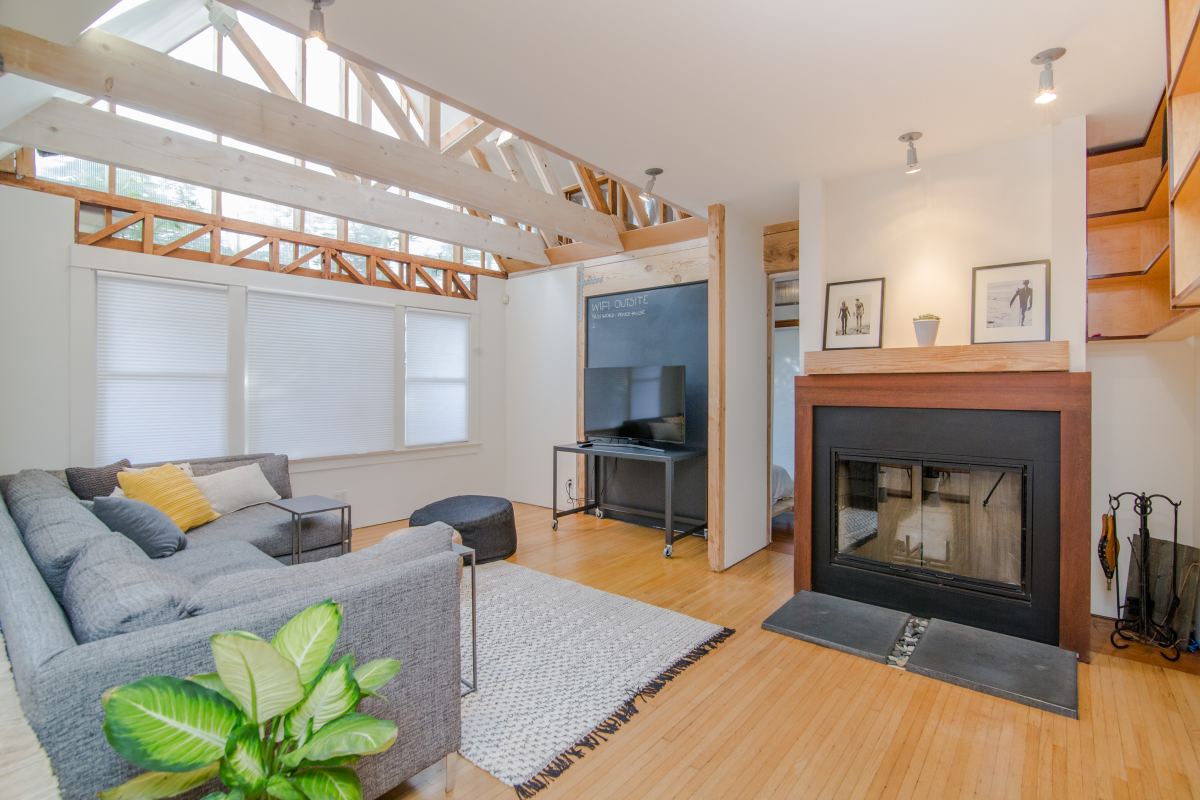
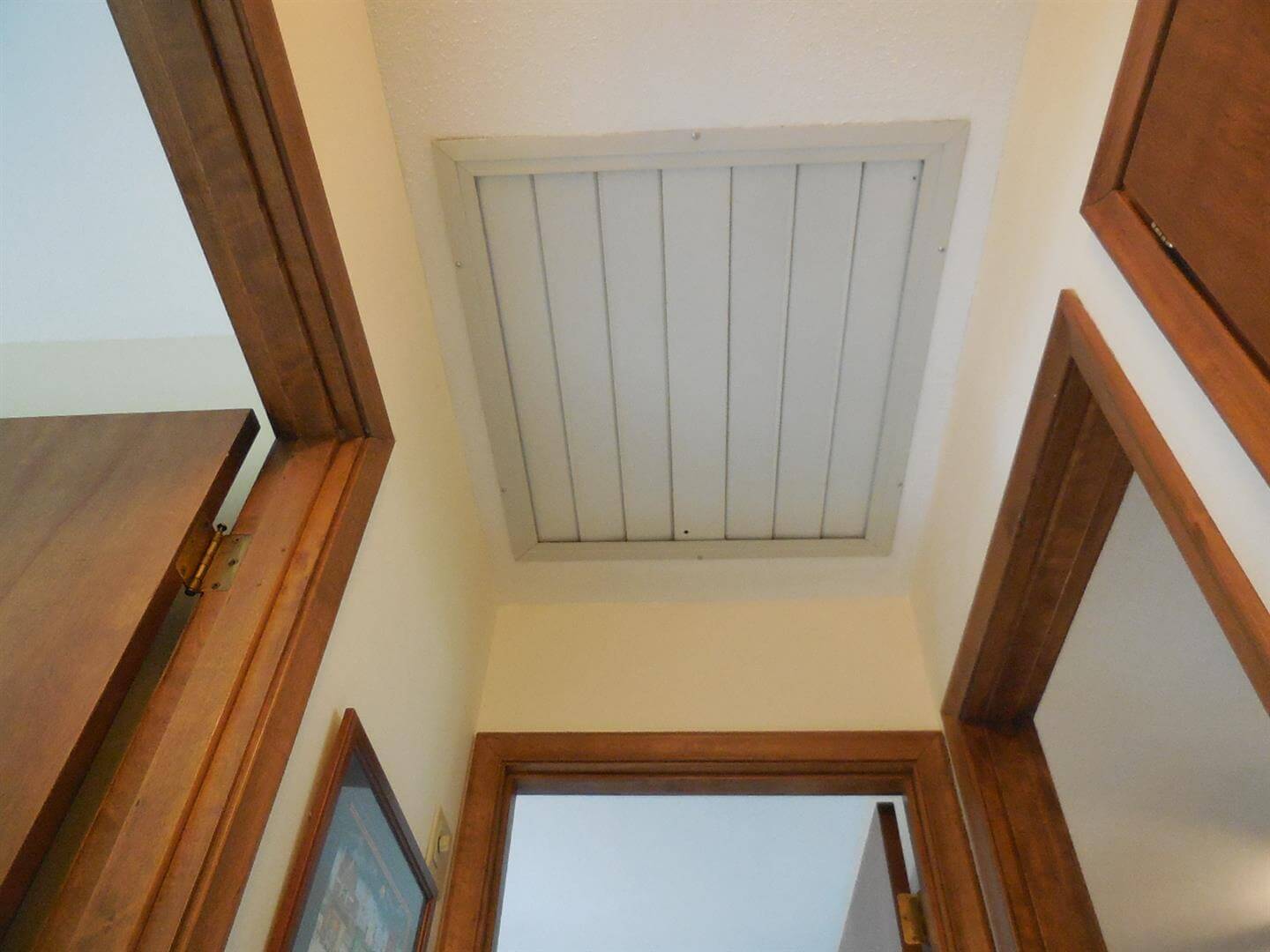
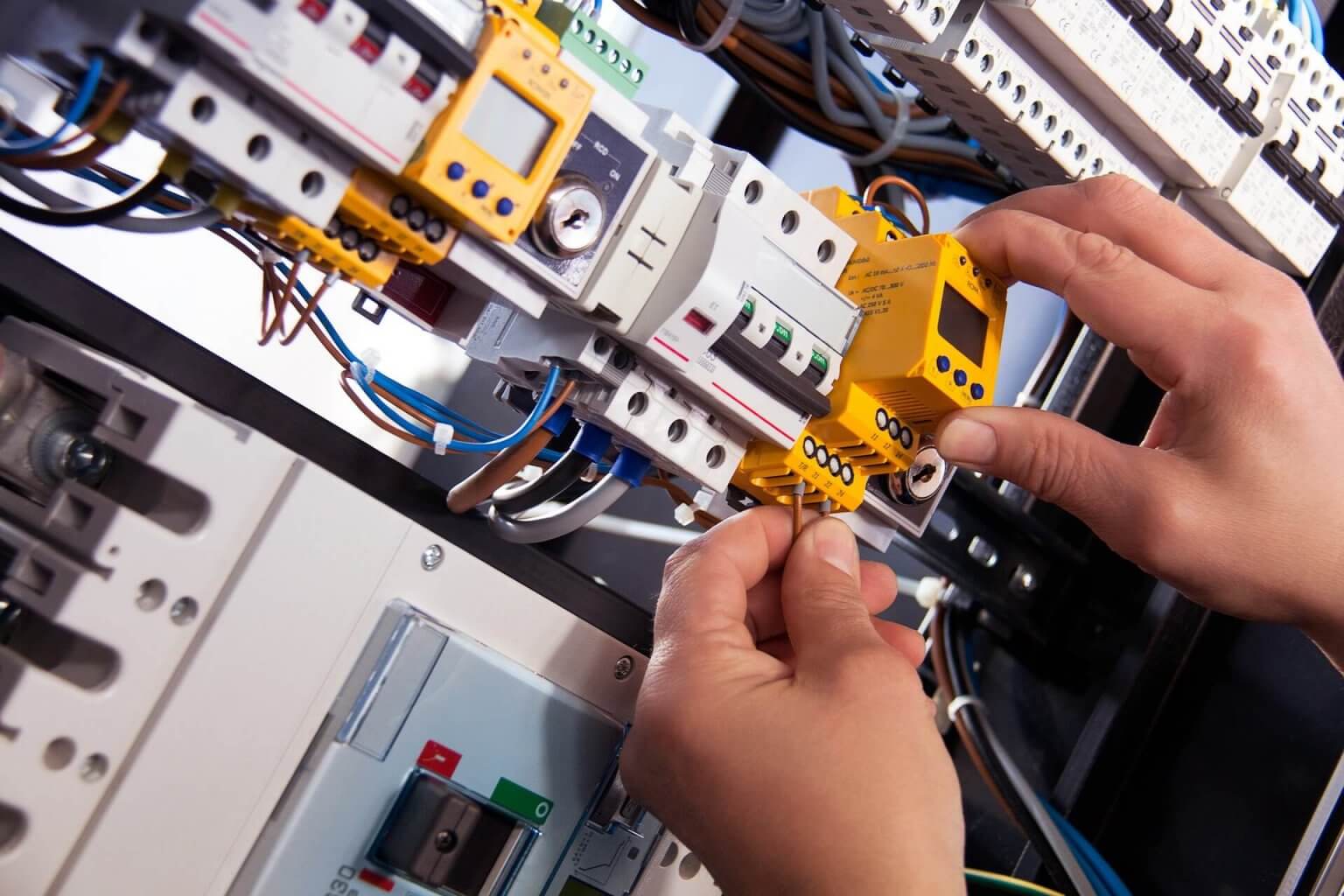
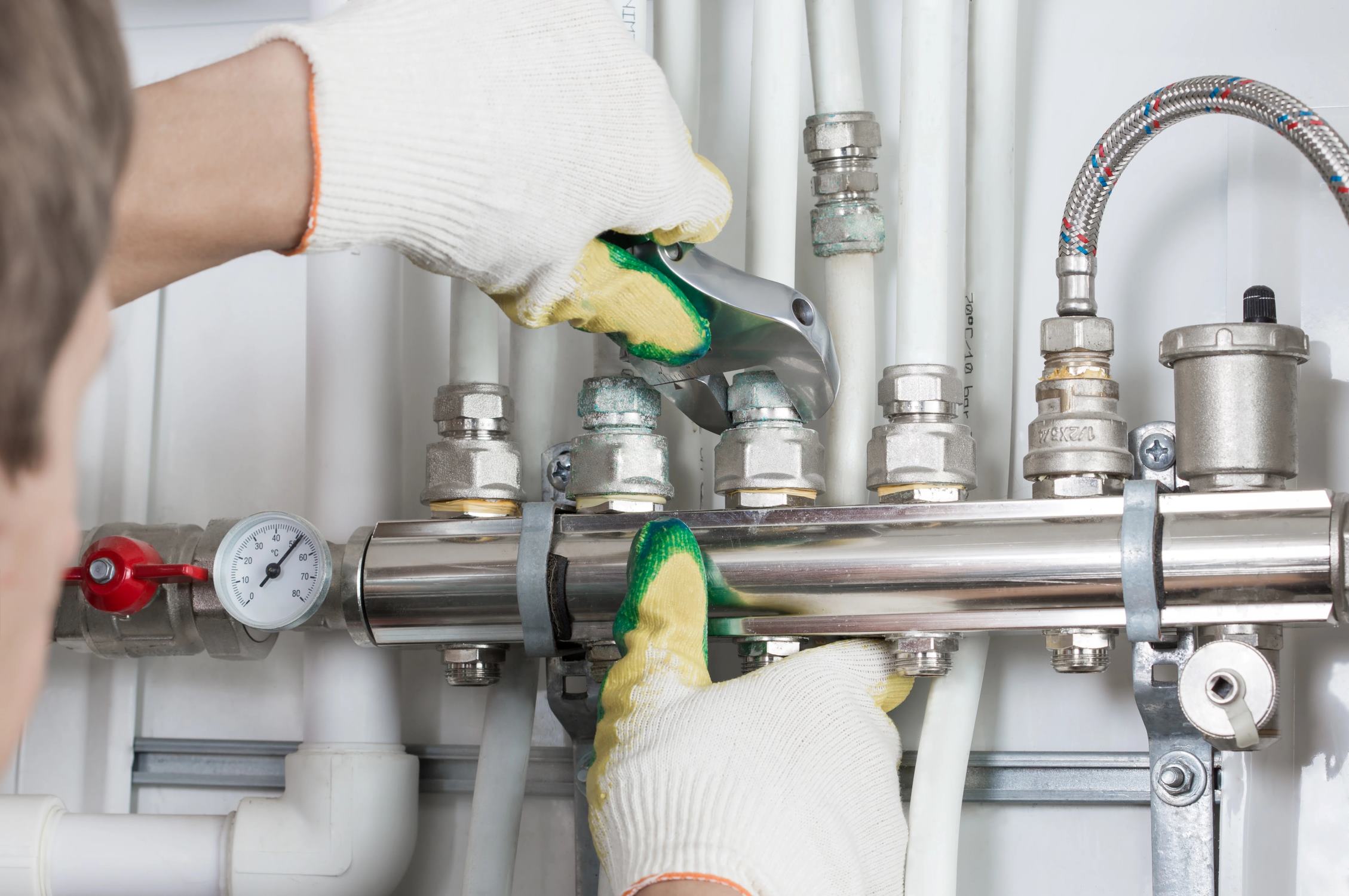
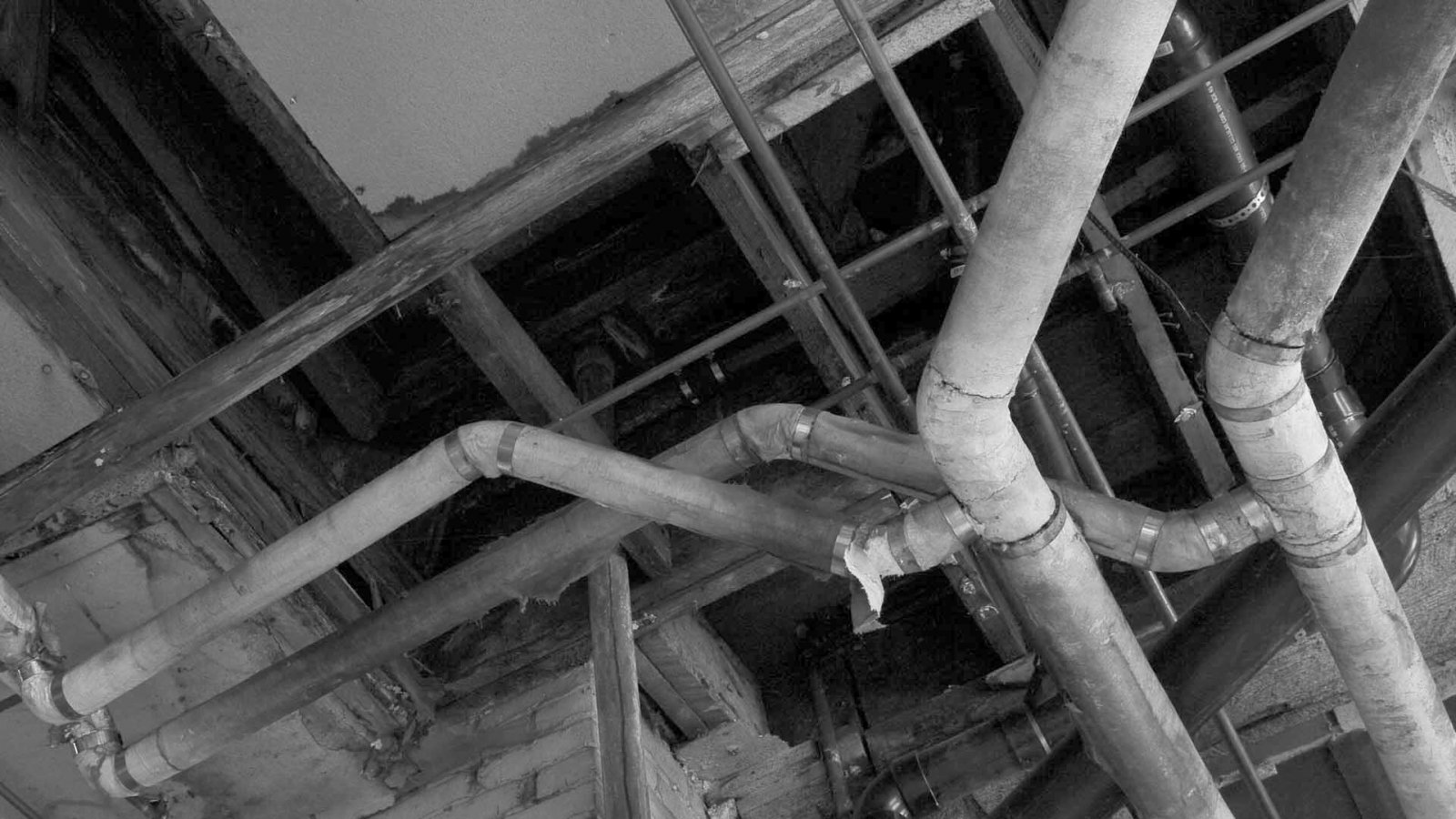
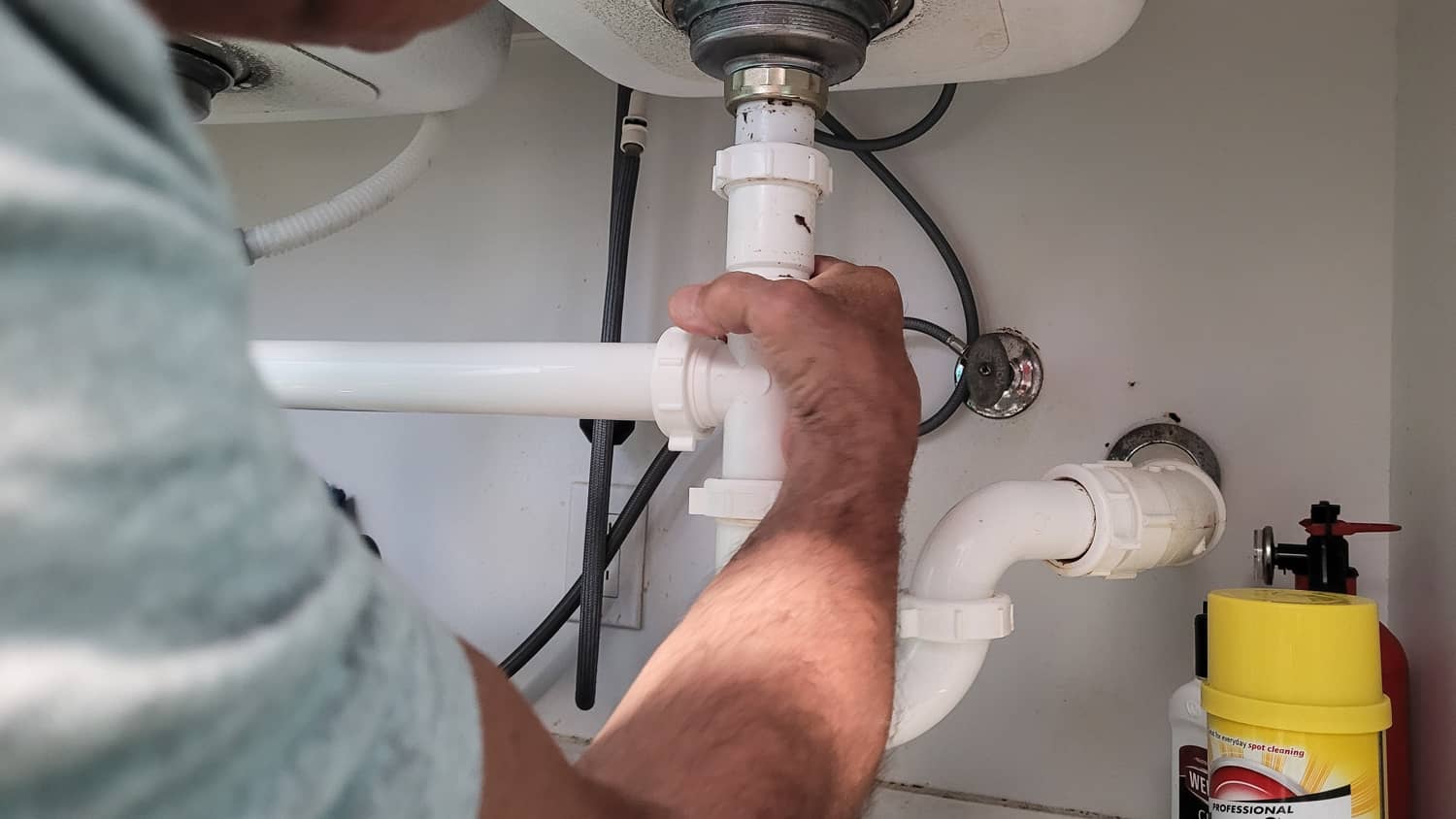
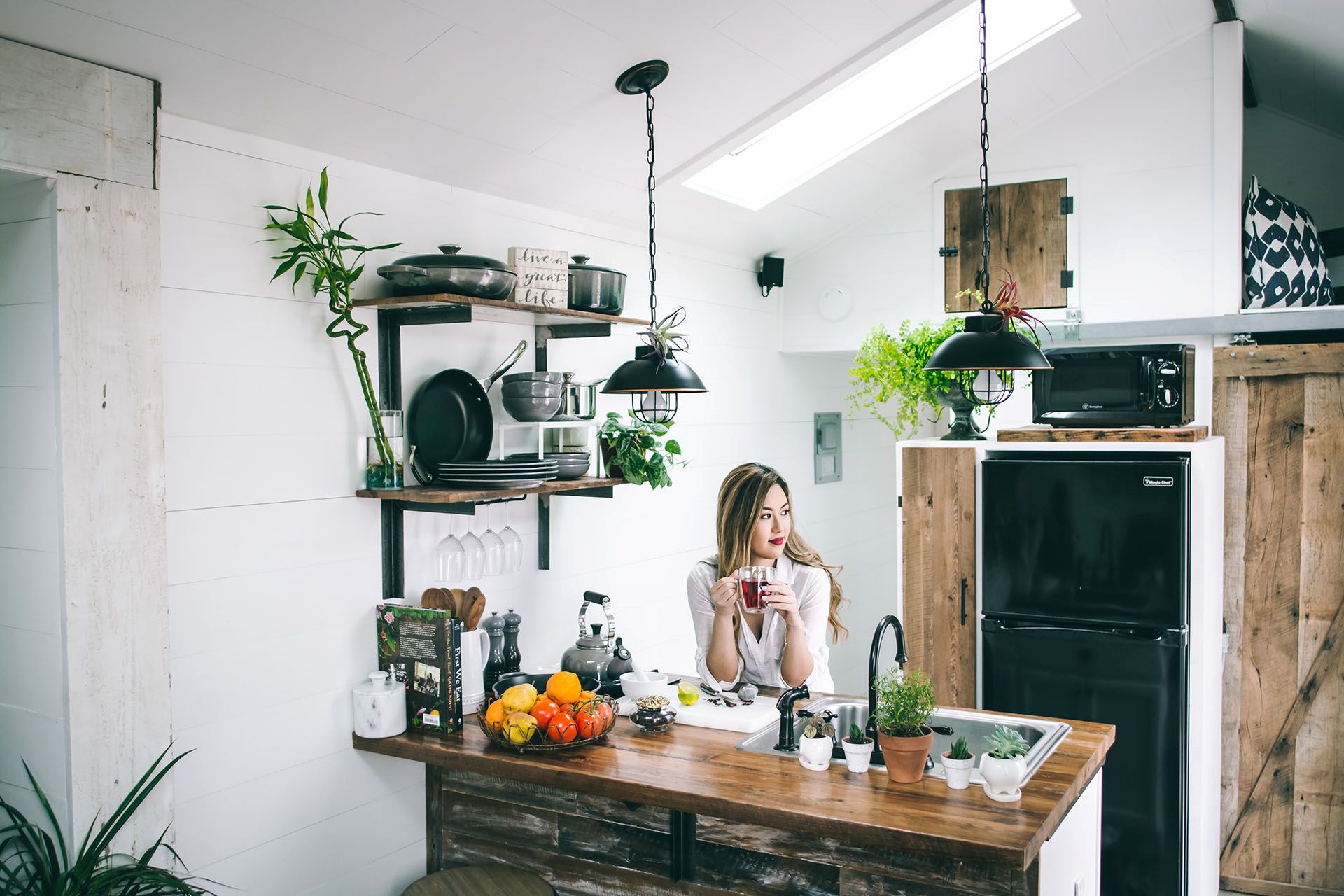
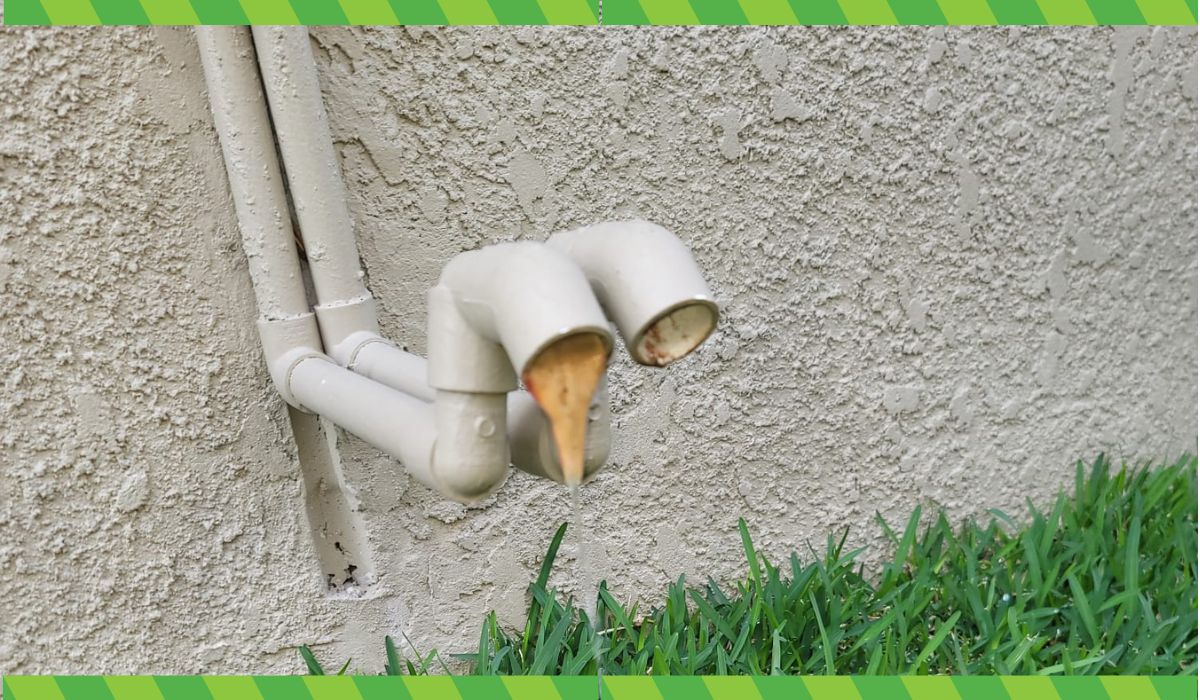
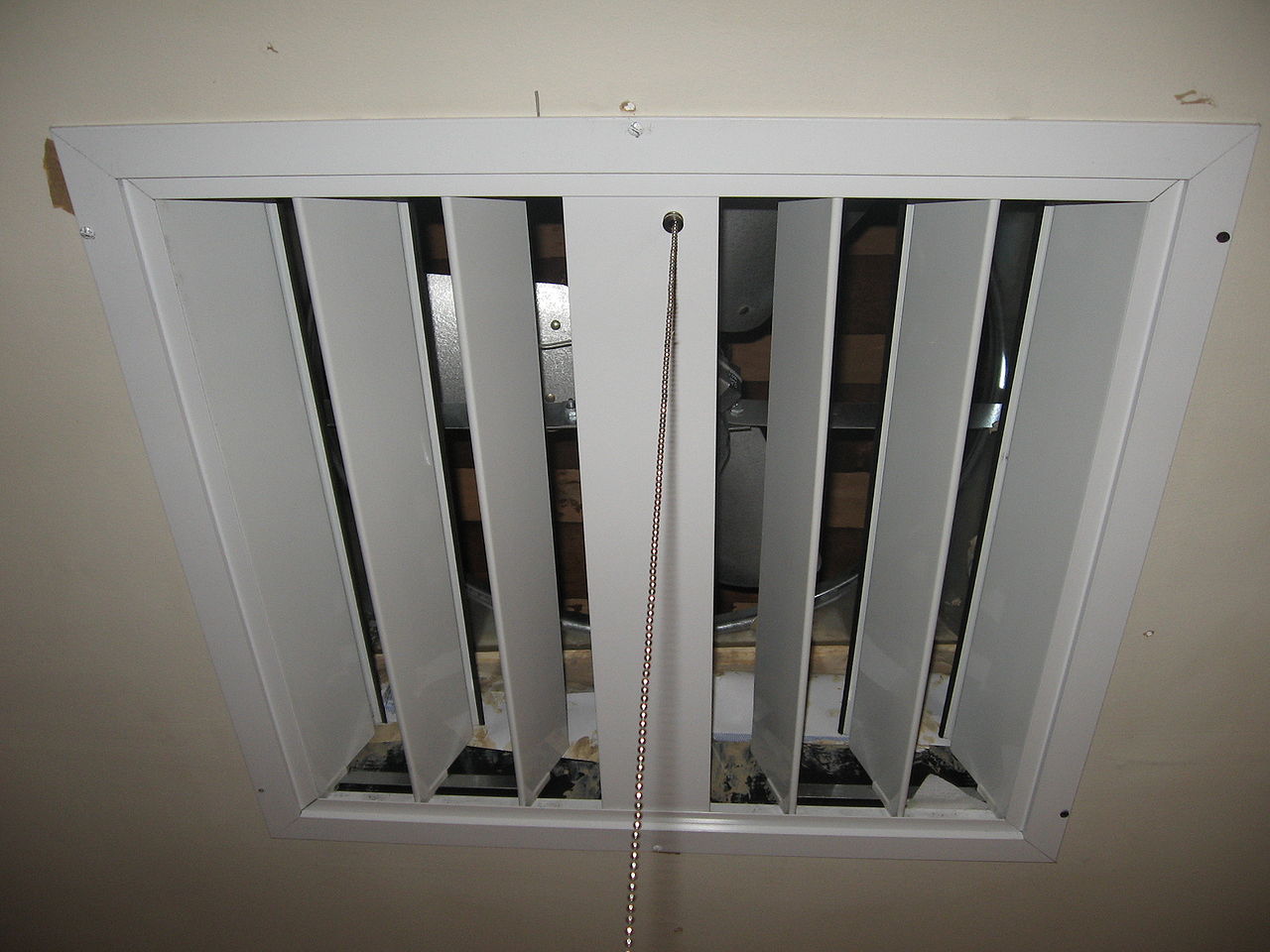

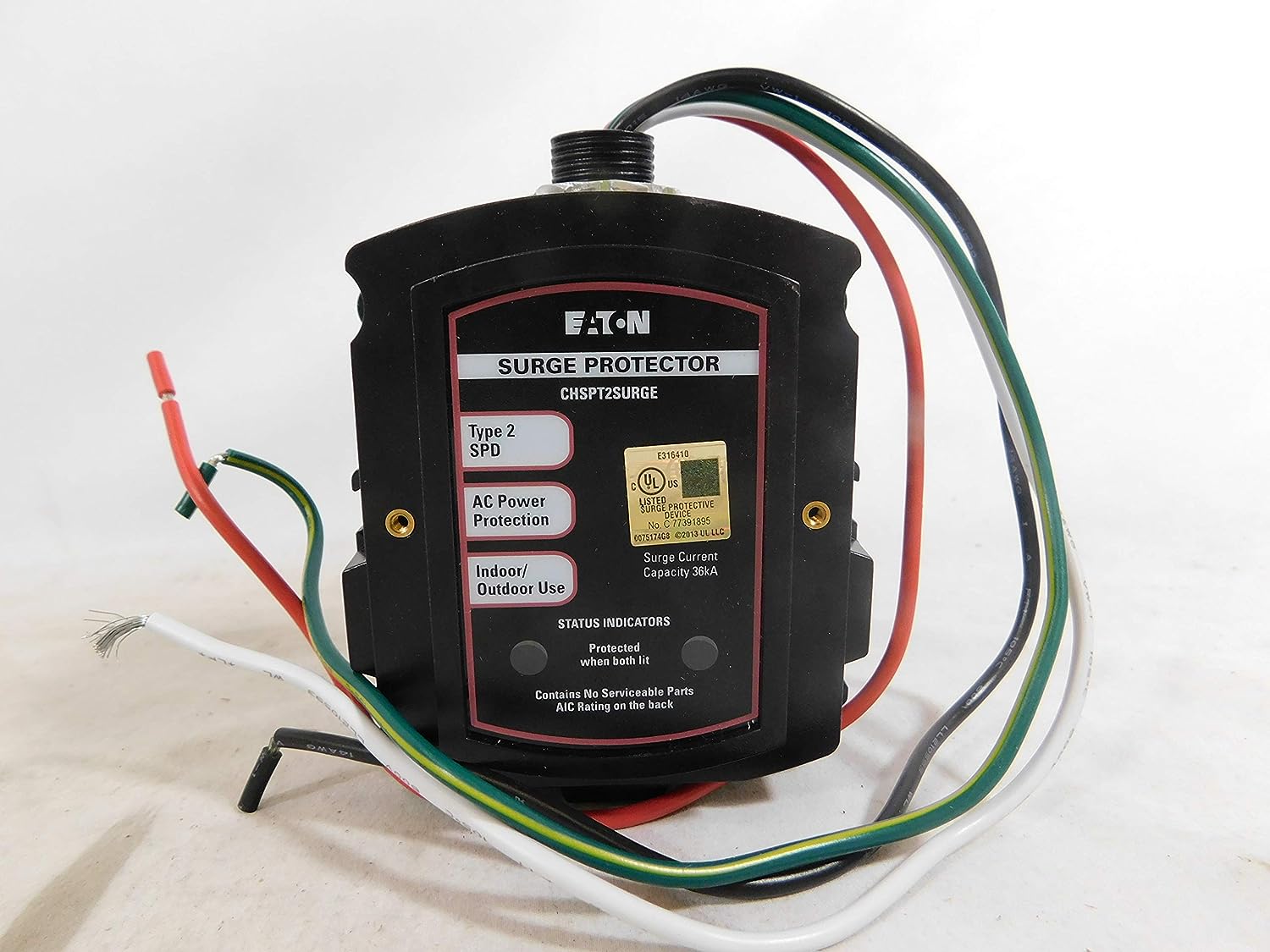
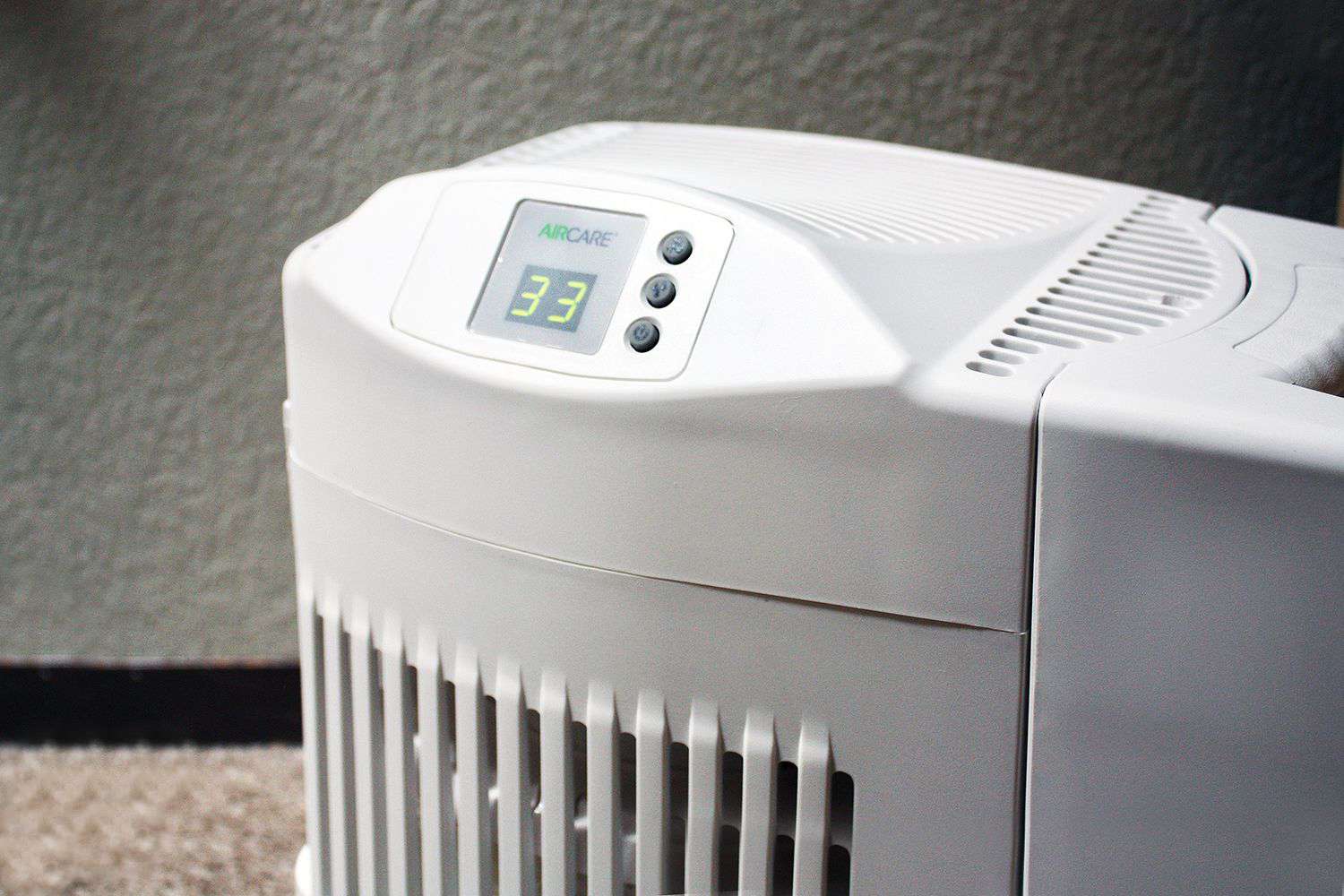
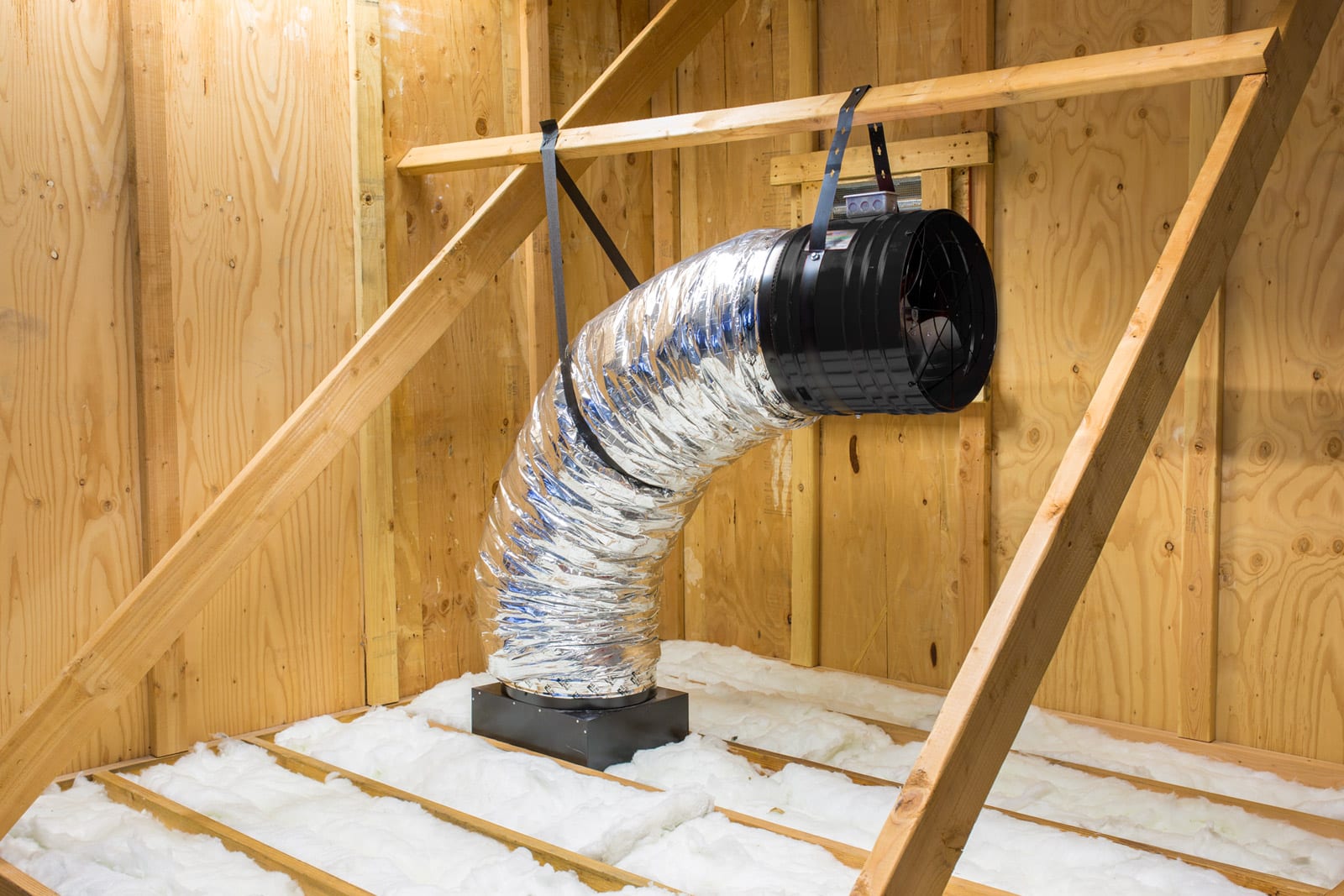

0 thoughts on “How To Unclog Whole House Plumbing”